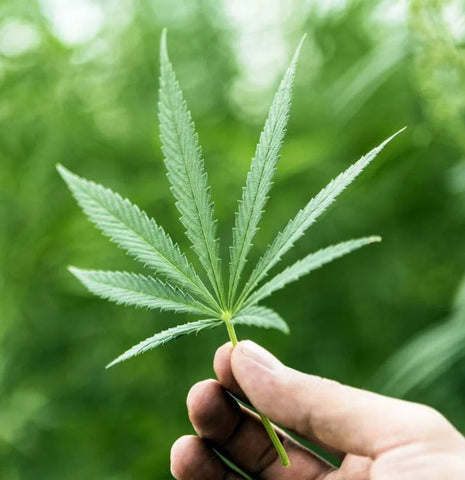The world of cannabinoids has expanded significantly in recent years, with various compounds gaining attention for their potential therapeutic benefits. The HHC-P benefits of hexahydrocannabiphorol provide a strong mental and physical experience. HHC-P products can be used to relax and relieve stress, which can help you feel more positive. HHC-P can be a great cannabinoid, so you should definitely try it.
HHC-P is a synthetic cannabinoid that belongs to the same family as THC (tetrahydrocannabinol) and CBD (cannabidiol). It has a unique chemical structure that sets it apart from other cannabinoids. HHC-P is derived from a combination of hexahydrocannabinol (HHC) and phenylacetate, resulting in a compound that exhibits distinct pharmacological properties. HHC-P is actually the hydrogenated version of THC. It is a hydrogenated form of THC-P.

It is quite amazing to see how HHC-P and HHC–P benefits are created. Scientists created hexahydrocannabiphorol in a lab by synthesizing cannabinoids. The HHC-P molecule can only be synthesized in the laboratory because it does not occur in nature.
Hexahydrocannabiphorol is produced by isomerization, the same process that produces delta 8, THC-P, and HHC. Isomerization allows you to change the structure of cannabidiol molecules (CBD), to make a new cannabinoid – in this instance, HHC-P.

Analgesic Properties: Like other cannabinoids, HHC-P has demonstrated analgesic properties, making it potentially useful for managing pain. It interacts with the endocannabinoid system in the body, modulating pain signals and providing relief.
Anxiolytic Effects: Anxiety disorders are prevalent worldwide, and finding effective treatments is crucial. Initial research suggests that HHC-P may have anxiolytic effects, potentially reducing anxiety symptoms and promoting relaxation without the psychoactive effects associated with THC.
Neuroprotective Potential: Neurodegenerative diseases such as Alzheimer's and Parkinson's pose significant challenges to patients and their families.HHC-P may possess neuroprotective properties, potentially slowing down the progression of these conditions and protecting brain cells from damage.
Anti-inflammatory Action: Chronic inflammation is a contributing factor to various diseases, including autoimmune disorders and chronic pain conditions. HHC-P has shown anti-inflammatory properties in preclinical models, indicating its potential in managing inflammation-related ailments.
Potential Anti-tumor Effects: While further research is needed, early studies have suggested that HHC-P may exhibit anti-tumor effects. It has been shown to inhibit the growth of certain types of cancer cells, offering hope for the development of novel therapies.


Being a new cannabinoid, there is limited research on HHC-P. It's probably psychological. Remember that THC's psychoactive activity comes from its ability to activate CB1 receptors in the brain. Since HHC-P can also bind to these same receptors, there is reason to believe that it may have similar effects to THC.
How intense its height is, we cannot say for sure. On this, we have to rely on anecdotal evidence, most of which suggests that it is "probably flattering". This makes sense considering the striking similarities with THC.

← Entrada antigua Publicación más reciente →